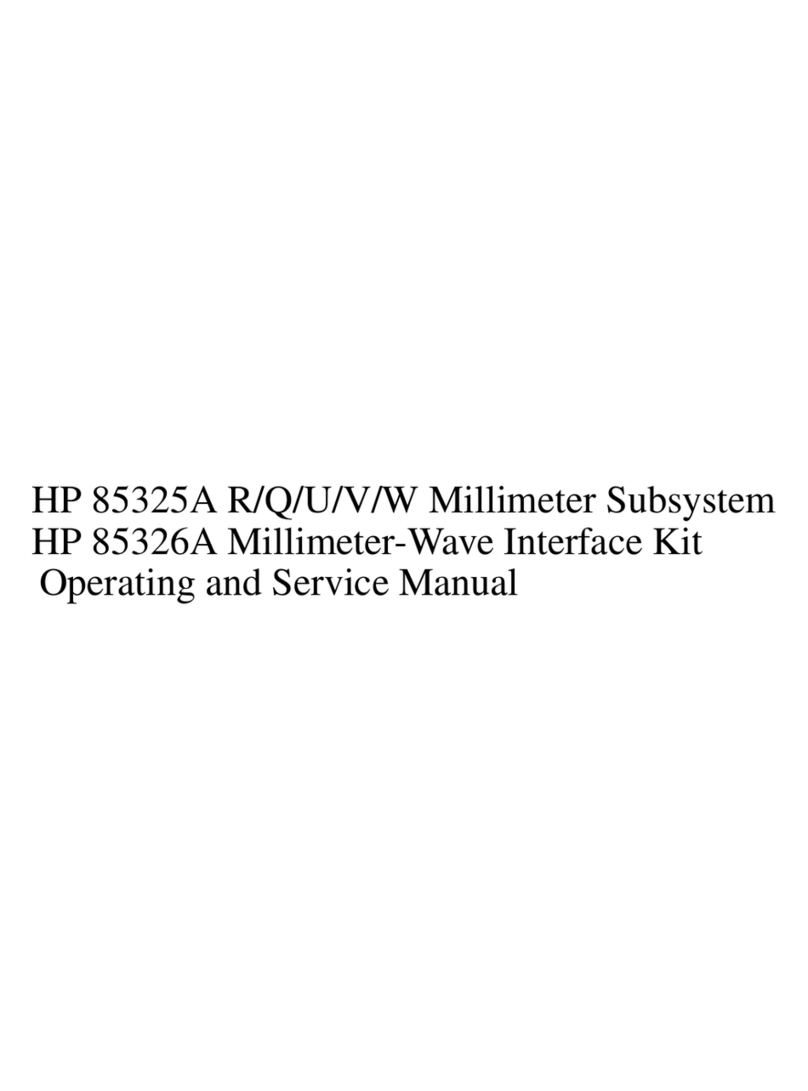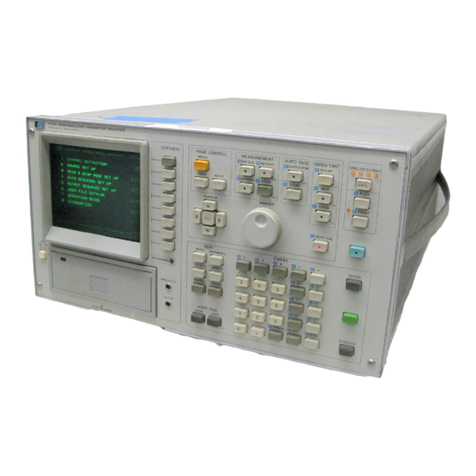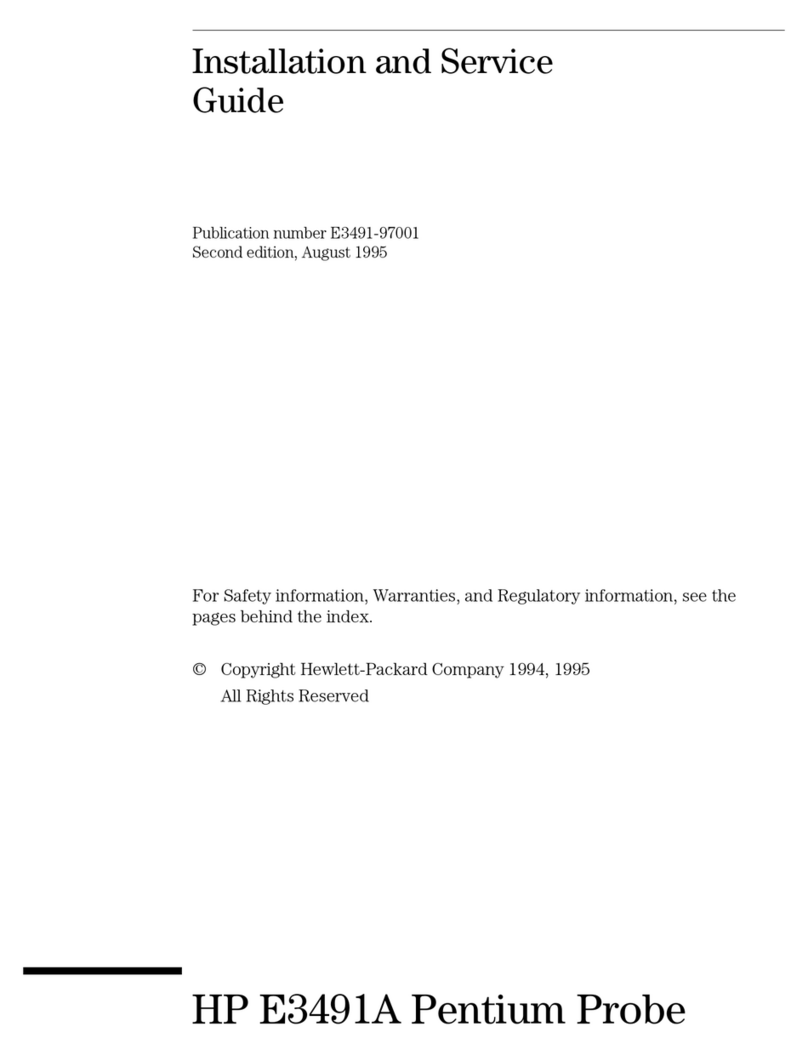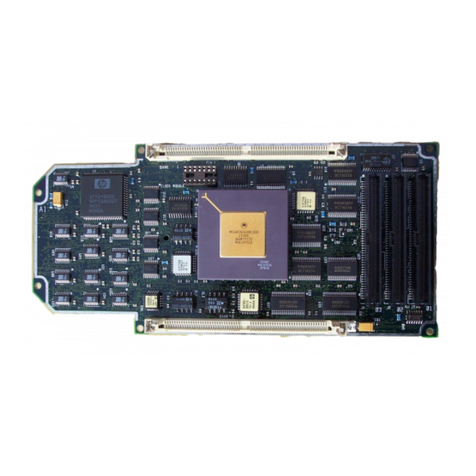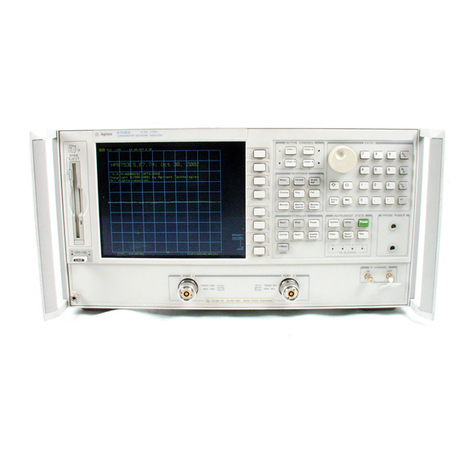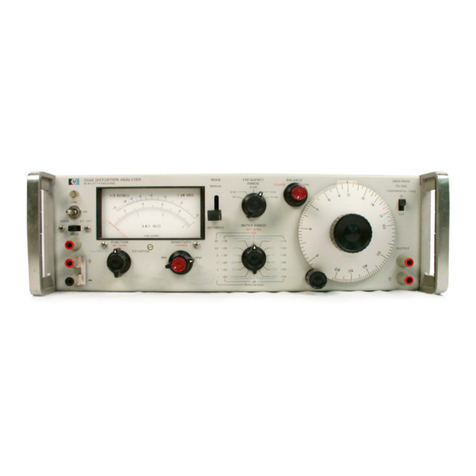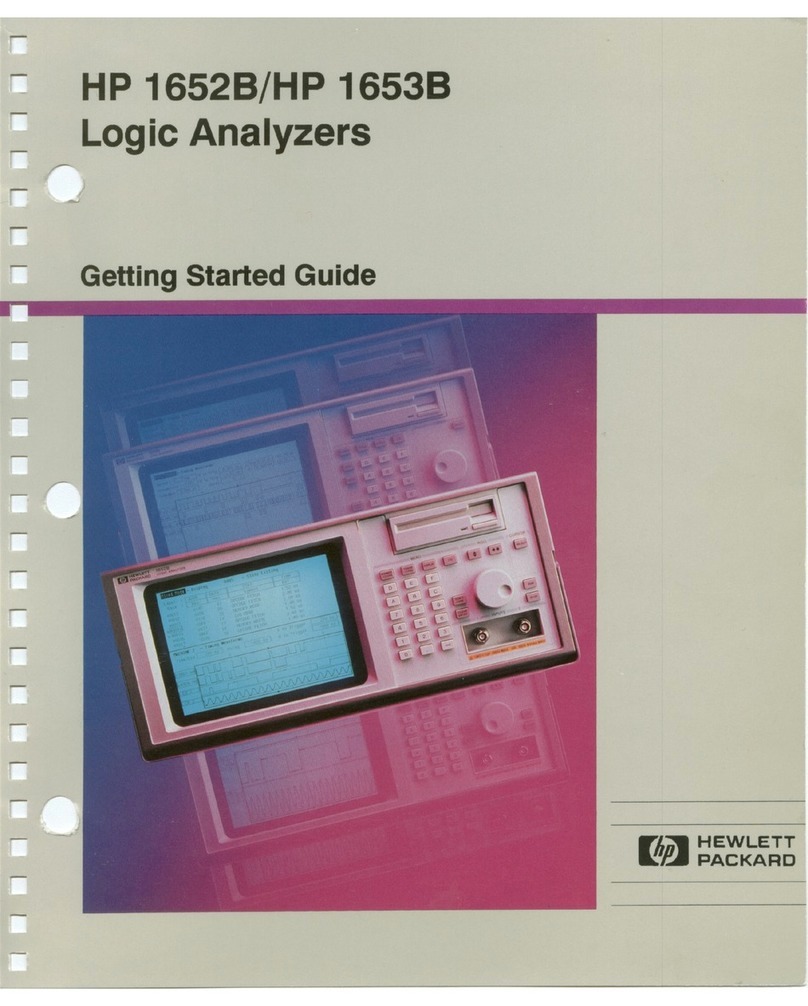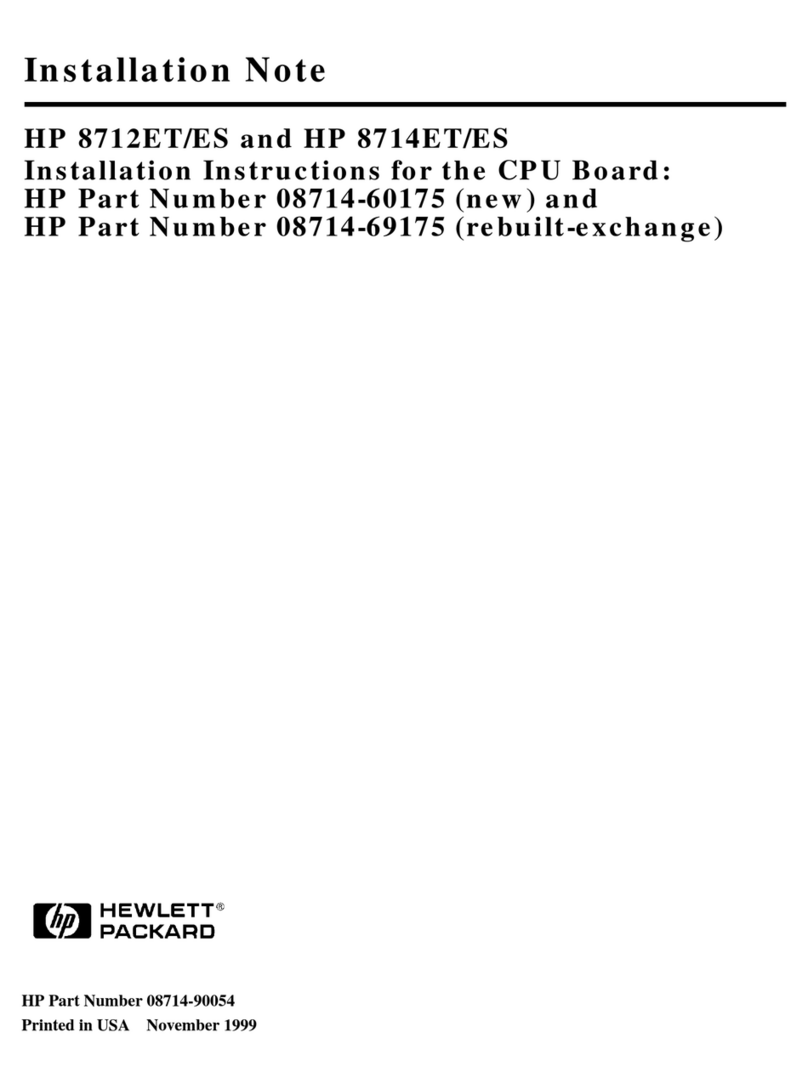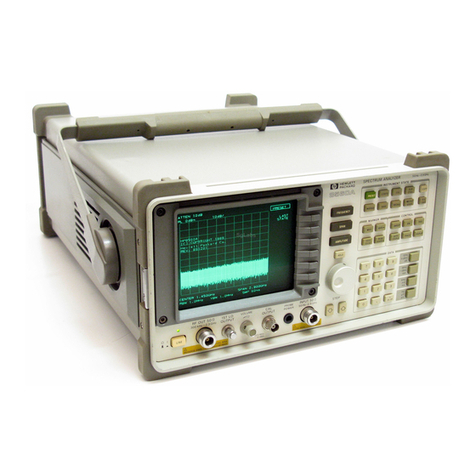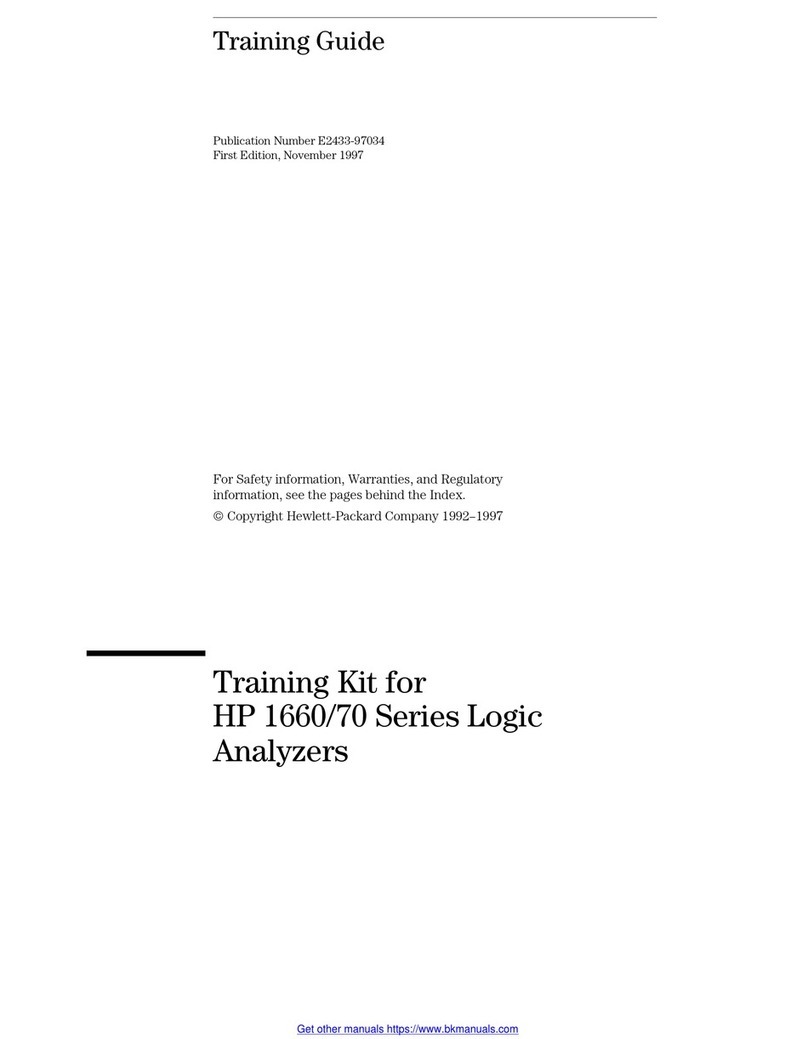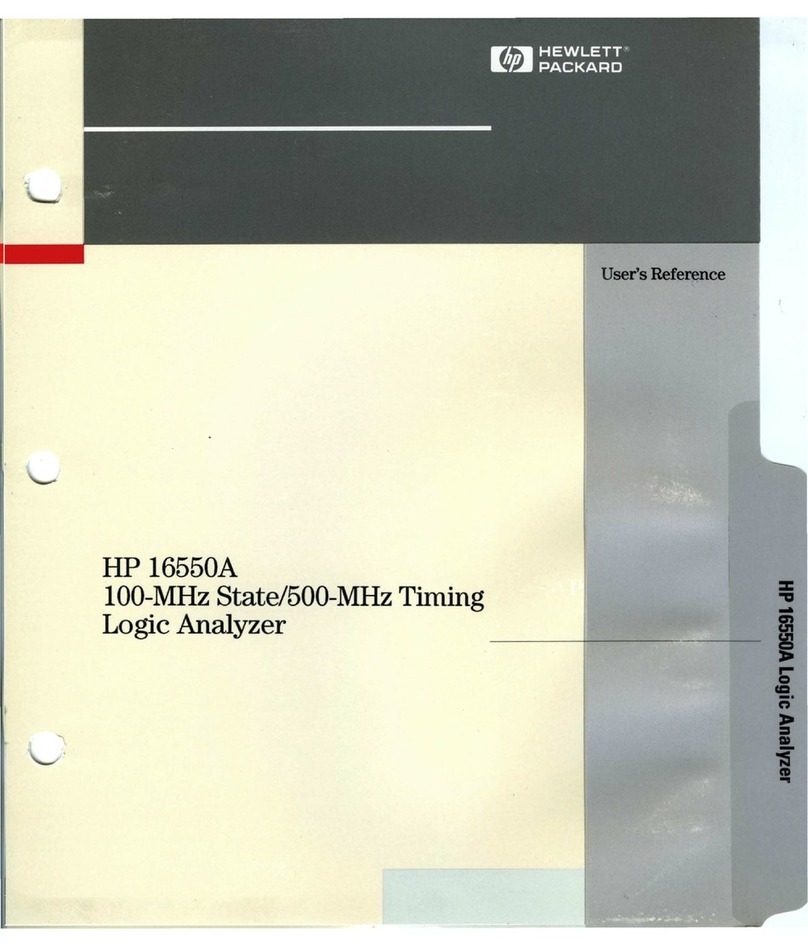
Model
89033
Safety Considerations
SAFETY
CONSIDERATIONS
GENERAL
This product and related documentation must be re-
viewed for familiarization with safety markings and
instructions before operation.
This product is a Safety Class
I
instrument (provided
with a protective earth terminal).
BEFORE APPLYING POWER
Verify that the product is set to match the available
line voltage and the correct fuse
is
installed.
SAFETY EARTH GROUND
An uninterruptible safety earth ground must be pro-
vided from the main power source tothe product input
wiring terminals, power cord,
or
supplied power cord
set.
SAFETY SYMBOLS
Instruction manual symbol: the product will
be marked with this symbol when it
is necessary for the user to refer to the instruction
manual (refer to Table of Contents).
Indicates hazardous voltages.
Indicates earth (ground) terminal.
f
The WARNING sign denotes a
hazard.
It
calls attention to a
procedure, practice, or the like, which,
if
not correctly
performed
or
adhered to, could result in personal in-
jury.
Do
not proceed beyond a WARNING sign until
the indicated conditions are fully understood and met.
The CAUTION sign denotes a haz-
ard.
It
calls attention to an
operating procedure, practice, or thelike, which,
if
not
correctly performed
or
adhered to, could result in dam-
age to
or
destruction of part or all
of
the product.
Do
not proceed beyond a CAUTION sign until the indi-
cated conditions are fully understood and met.
Any interruption of the protective (ground-
ing) conductor (inside
or
outside the instru-
ment)
or
disconnecting the protective earth
terminal will cause a potential shock hazard
that could result inpersonal injury. (Ground-
ing one conductor of a two conductor outlet
is not sufficientprotection).
Whenever it is likely that the protection has
been impaired, the instrument must be made
inoperative and be secured against any unin-
tended operation.
If this instrument is to be energized via
an
autotransformer (for voltage reduction) make
sure the common terminal is connected to the
earth terminal of the power source.
Servicing instructions are for use by service-
trained personnel only.
To
avoid dangerous
electric shock, do not perform any servicing
unless qualified to
do
so.
Adjustments described
in
the manual are per-
formed withpower supplied to the instrument
while protective covers are removed. Energy
available at manypoints may,
if
contacted, re-
sult in personal injury.
Capacitors inside the instrument may still be
charged even if the instrument has been dis-
connected from its source of supply.
For
continued protection against fire hazard,
replace the line fuse(s)only with
250V
fuse(s)
of the same current rating and type (for exam-
ple, normal blow, time delay, etc.).
Do
not use
repaired fuses
or
short circuited
fuseholders.
...
111
Artisan Technology Group - Quality Instrumentation ... Guaranteed | (888) 88-SOURCE | www.artisantg.com


